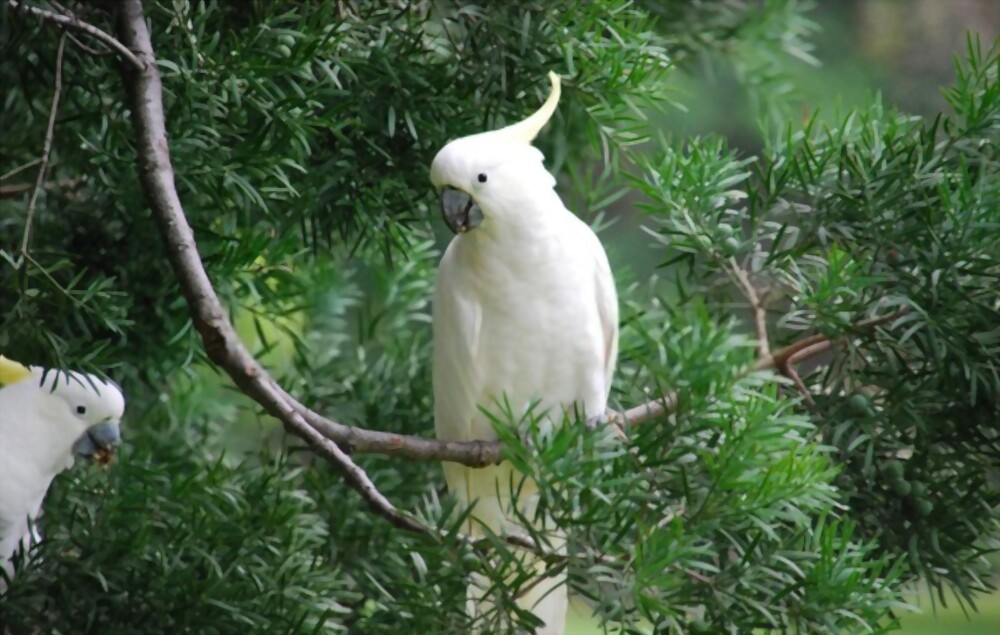What Cockatoos Do
Cockatoos are small, furry parrots with pointed beaks and sharp claws. It is their crest that gives them the name “Cockatoos”. They have been known from Australia and India as far back as the 19th century. Cockatoos can live to about five years in captivity. However, these parrots do not do well in captivity unless they are with a natural pet owner who is willing to spend time with them and teach them the tricks that are required for their successful re-formation into happy, healthy adults.
The Cockatoos belong to the same group of parrots as the Cockatoos Erythropus, which means “Ornithopoda”. Cockatoos are any of the 21 species belonging to this family, also known as the cicatrices, the only family in the party family Cacatuoidea without a subfamily. They make up the first order Psittacidae, with the Cockatoos being one of three genera of ornithopods. Among these, there are two that are native to Australia and both are common, though rare, visitors in the United States.

In the United States, cockatoos are commonly called Cockatoos pygmy cockatoos fantasies, while in Great Britain they are called Cockatoos pics. In addition to the Cockatoos, there are other parrots of the same order, including the Macaw, Feudal Hector, Lesser Jacana, and the Red-footed parrot, also known as the African grey parrot. There are a few that are hybrids, but none that can be categorized as true parrots.
Like most parrots, cockatoos have a thick beak, a short neck, and forelimbs that are almost or exactly alike in size. They also have teardrop markings under the eyes, which are called tufts of feathers. They are mostly green, except for their breast and crest, which are black. Their heads, called parapets, are large, and they may be red, brown, or gray. The other color varieties are usually yellowish or gray.
Cockatoos are fairly large birds, measuring around ten inches in height at the shoulder. Their eyes are larger than the rest of their head, and their beaks are also distinct, with one large and one small, either curving forward or backward. Unlike other parrots, cockatoos do not flap their wings much, unless they want to roost. They walk on their toes and have slender claws, but unlike parrots, they also possess a tail that sticks straight out from the body.
While it is not clear why cockatoos make such unusual calls, they have been found to use complex sounds and tones to communicate with other cockatoos and other jungle parrots. Some researchers believe that these calls serve as messengers between the bird and its family. Other theories suggest that these calls are used to warn other cockatoos of a potential threat or a particular food supply. Cockatoos also make strange calls that resemble human speech, which some people speculate may be an attempt to imitate or test the abilities of their predators.
Cockatoos have a rather limited range in the habitats where they live. Only in South America, Central America, and the portions of Mexico that border the Caribbean Sea and the Gulf of Mexico do they typically live. On islands in South Pacific such as the Cook Islands, Macao, and Tonga, where cockatoos breed especially during the wet season, these birds can be seen from December to February, but are otherwise absent all year round. In Australia, where they are native, they can be seen all year round, but due to lack of suitable habitat, their numbers decline significantly in the coastal areas where they thrive. Catching these parrots in this part of the world is extremely difficult.
In addition to their unique calls, some cockatoos have also been found to have a peculiar way of moving their wings. The “flying-top” of their headstands erect while they are singing, which some experts think is a useful mimicry of movement. They are also said to move their bodies in a manner similar to a ball bouncing on the ground as if trying to get the attention of a passing bee.

